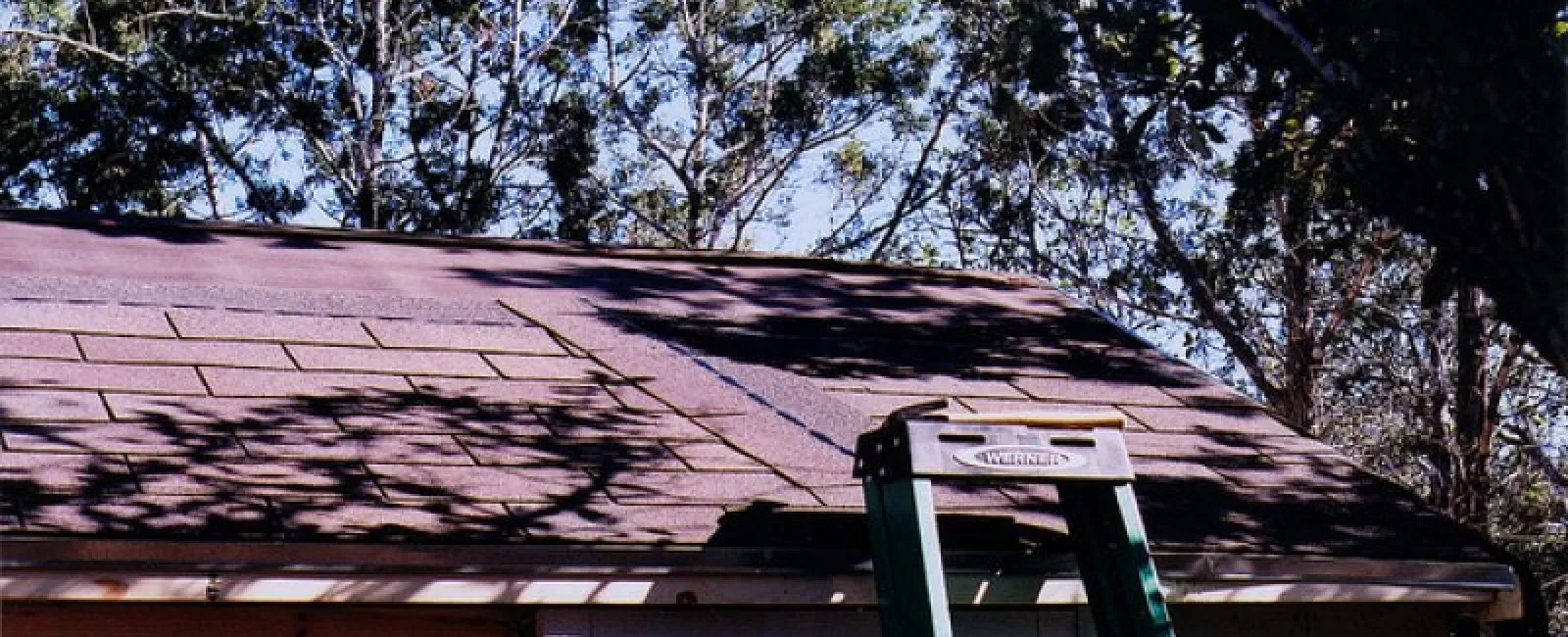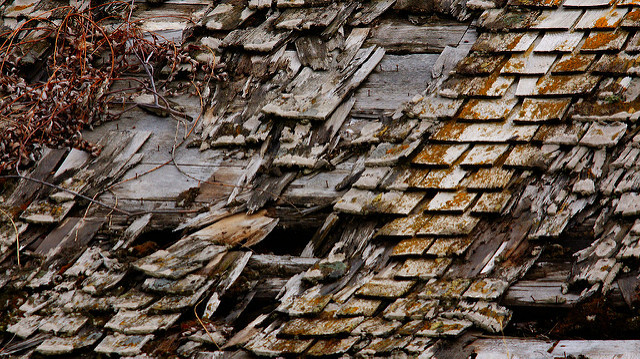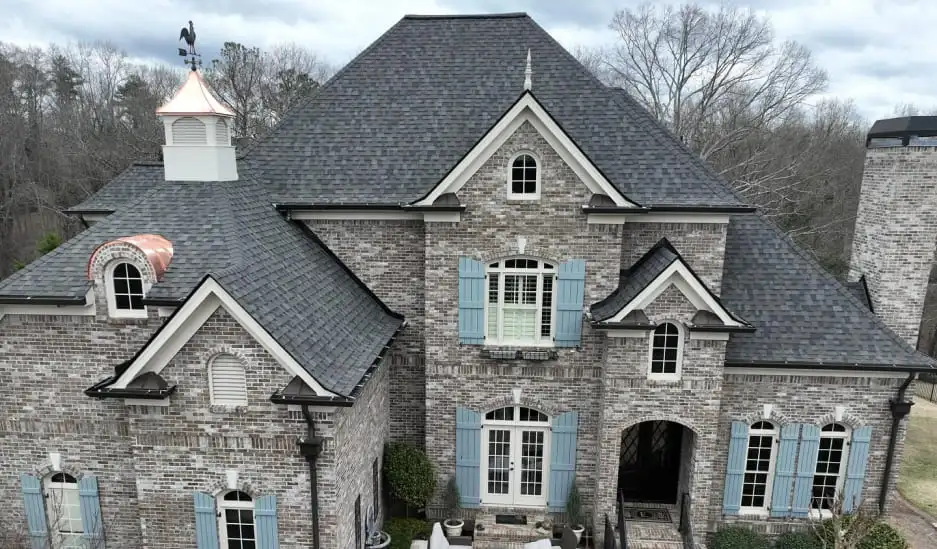Fiberglass shingles are a common shingle type across the country, but that doesn’t mean homeowners know much about them. That’s why we’ve created a brief FAQ section to explore the pros and cons of fiberglass roofs and whether they’re right for your house.
What is a fiberglass shingle?
Although you may not have heard about fiberglass shingles, we bet you’ve seen them. These types of shingles are the most popular for residential rooftops. They are the common asphalt shingles that you can see just by driving down the street.
These shingles are made from a fiberglass mat – tough strands of plastic woven together – and covered with asphalt coatings and granules for protection. The result is that classic shingle look.
Wait, so why don’t we call them fiberglass shingles?
There are actually two different kinds of asphalt shingles: fiberglass, and another called organic shingles. Organic shingles are not as common, but you can still find them on homes throughout the United States.
So what’s the difference between organic and fiberglass?
Organic shingles grew as an alternative option several decades ago. Instead of a fiberglass mat, they use a core of organic wood products that are pressed into a thick, protective layer.
They may be more environmentally friendly, but organic shingles can develop problems. First, they’re susceptible to extensive rot and water damage if moisture reaches the core. Second, they’re heavier than fiberglass shingles, which makes them more difficult to work with. As a result, their popularity has waned.
In other words, you recommend fiberglass?
In most cases, yes. Organic shingles may do better in very cold, dry climates. But in climates with humidity and more rainfall, fiberglass shingles are a better bet. They last longer and resist moisture more readily.
What styles do these shingles come in?
Fiberglass shingles come in a vast number of styles and colors. If there’s a particular style you have in mind, you should be able to find it. They even come with features like chemical coatings to reduce algae growth.
How much does the fiberglass version cost?
Prices can vary. By themselves, these shingles tend to cost between $60 and $120 per square foot, depending on the type, thickness, and extra features.
Can I install fiberglass shingles myself?
Installing shingles, especially for larger projects, is best left to professionals who know how to navigate rooftops without causing damage or new problems. Findlay Roofing offers roof replacement services, as well as free roofing analysis to find out the state of your roof.





